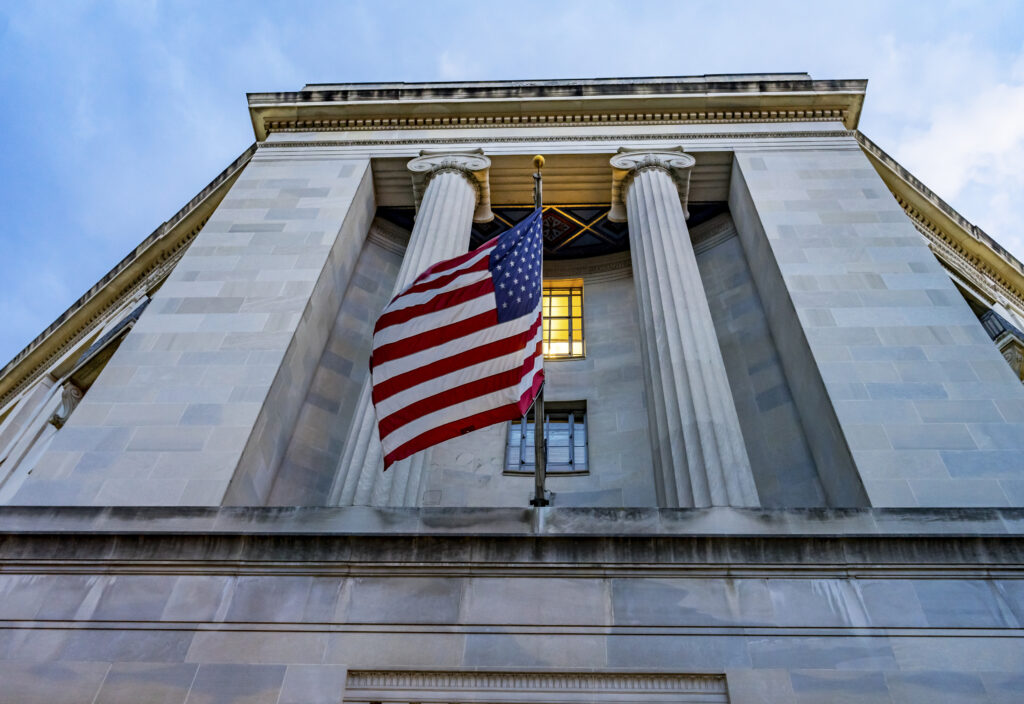The textile industry dominated South Carolina manufacturing starting in the post-Civil War area, but largely collapsed in the late 20th century. A result was the abandonment of many former textile mill sites, resulting in blight.
In 2008, South Carolina began to incentivize the rehabilitation and development of these sites by passage of the South Carolina Textiles Communities Revitalization Act. The Act provides for a tax credit of twenty-five percent of qualified rehabilitation expenses for abandoned textile mill sites meeting statutory requirements. The credit may be taken against property taxes or income taxes, with differences in rules and procedures for each. (The income tax credit also applies to bank taxes, corporate license fees and insurance premium taxes and, though not technically income taxes, are all referred to collectively in this post, and in guidance from the South Carolina Department of Revenue, as “income taxes” for simplicity.)
Qualified “rehabilitation expenses” under the Act, include expenses and capital expenditures, incurred in the rehabilitation, renovation, or redevelopment of a textile mill site, including for the partial or complete demolition of existing buildings, environmental remediation, site improvements, the construction of new buildings and other improvements. However, one cannot claim any costs of acquiring the textile mill, land, and other improvements, including the purchase price and associated professional fees (e.g., title work, surveying, closing costs), nor interest on the acquisition loan. The building or buildings on the site must be either renovated or demolished.
The scope of qualifying expenses is broad. By way of examples, for an existing building, interior demolition, movement of walls, replacing floors, ceilings or roofs, wall-to-wall carpeting, permanent titles and paneling, central HVAC systems, plumbing, electrical wiring, fixtures, sprinkler systems and elevators would all qualify under Department guidance. Qualified environmental remediation expenses include, without limitation, for the abatement of lead paint, removal of asbestos or mold, and removal of underground storage tanks. Site and other improvement expenses such as for sidewalks, fences, docks, landscaping, drainage or paving may also be included, as well as professional fees associated with redevelopment costs, including for engineering and architectural fees, and interest costs on the construction loan. Expenses paid from grant proceeds for renovation qualify, but only if the grant money is taxable. Qualified expenses paid under a tenant improvement allowance in a lease for all or part of the site, for customization of the space, may be included as well.
Personal property costs, such as for office furniture, certain appliances, and window treatments, are excluded from qualified expenses. The concept of personal property may seem straightforward, but in some cases a legal analysis is required. Personal property is generally that which is not “permanently affixed” to the land or building, and determination of its nature may require consideration of certain facts and case law. In South Carolina, courts consider the mode of attachment to the building or land, character of the structure or article, intent, how costly or time consuming it might be to remove the article, and resulting destruction of the real property from removal. For instance, depending on the facts, South Carolina courts have at times deemed a mobile home and certain appliances to be personal property or a “fixture” which is regarded as part of the real estate. Note that this determination may be different than for other income tax purposes under the Internal Revenue Code.
Timing of filing of a “Notice of Intent to Rehabilitate” under the Act may also result in the inclusion or exclusion of otherwise qualifying expenses. For those seeking the income tax credit, the Notice of Intent must be filed with the South Carolina Department of Revenue prior to the taxpayer receiving building permits for the site. If the property tax credit is sought, a Notice of Intent must be filed with the municipality or county where the site is located prior to incurring any rehabilitation expenses at the site. Failure to timely file the Notice of Intent results in qualification of only those rehabilitation expenses incurred after the filing of the Notice. Expenses are deemed to have been incurred under the accrual method of accounting, regardless of the method of accounting used by the taxpayer.
Furthermore, the Notice of Intent to Rehabilitate must include an estimate of the taxpayer’s qualified rehabilitation expenses, and the estimate used, without proper consideration, could also result in loss of all or a portion of the tax credit. Where the taxpayer seeks the income or property tax credit and the actual expenses exceed 125% of the estimated expenses in the Notice of Intent, the taxpayer is limited to a credit in the amount of 25% of 125% of the actual expenses. However, where the property tax credit is sought, and the actual rehabilitation expenses are below 80% of the estimated expenses as provided in the Notice of Intent, the entire credit is disallowed. The Department does not allow the Notice of Intent to be amended to revise the estimated rehabilitation expenses after submission.
As with many aspects of economic development tax incentives, answers to statutory questions may seem simple on their face, but are in fact often complicated. Therefore, developers seeking such credits should ensure they have engaged experienced professionals to advise. Wyche has the knowledge and experience to assist, so please contact us with questions.
Wyche publications are provided for information purposes only, and should not be construed as legal advice nor creating an attorney-client relationship. Each matter involves its own circumstances and application of relevant facts to existing law, to be reviewed by qualified counsel only after engagement in writing.



